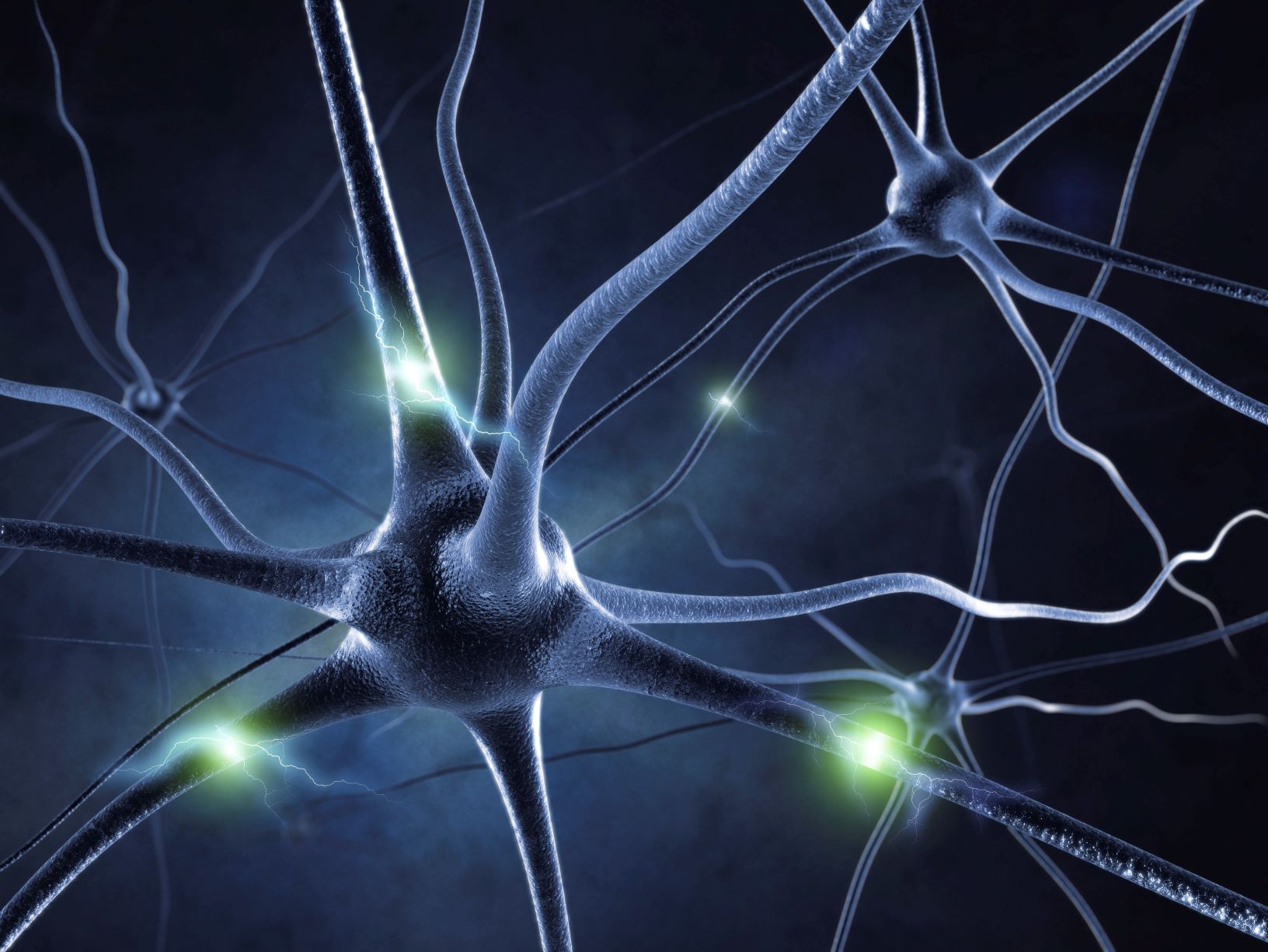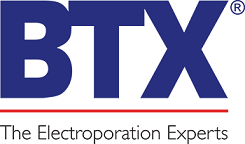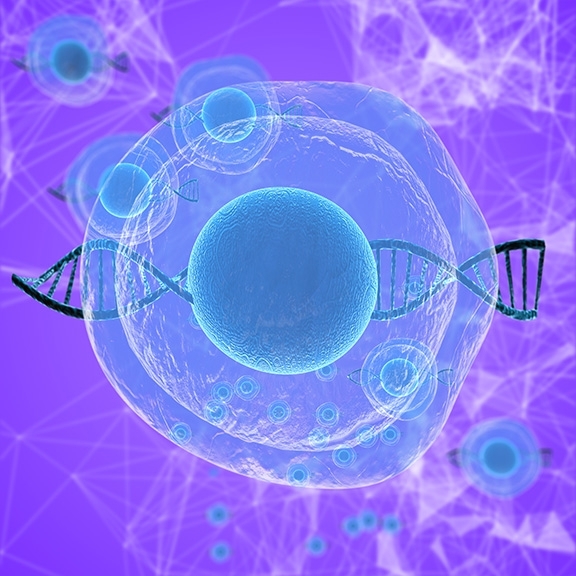
In this post we will explore the relationship between electrical resistance and electrical conductance. We will also provide information on how resistance applies to electroporation applications, and finally we will answer a FAQ on the topic of sample resistance values in electroporation instrument log data.
Read More


 800-272-2775
800-272-2775


